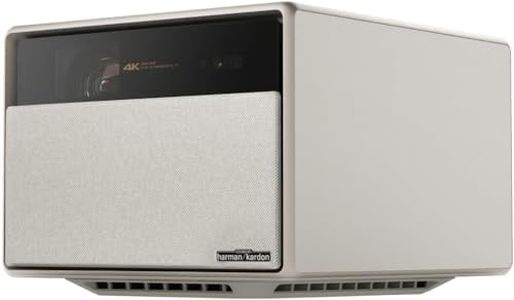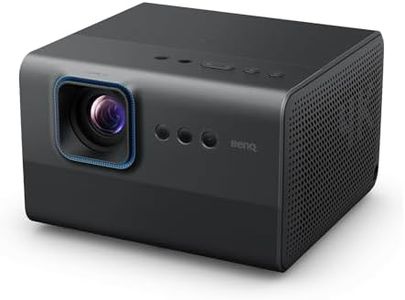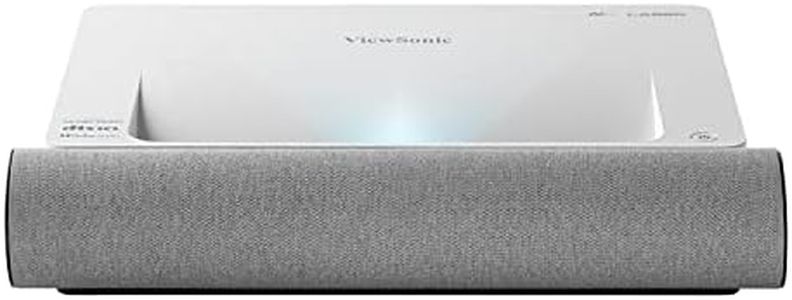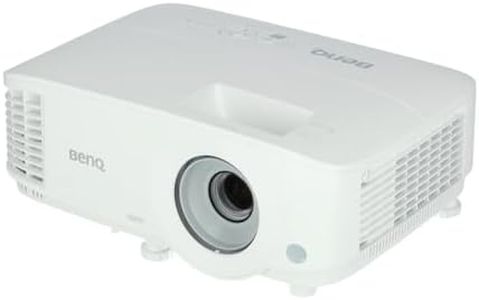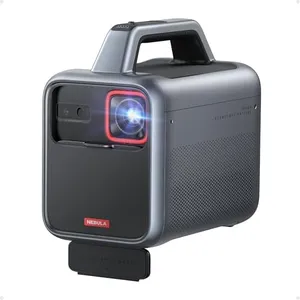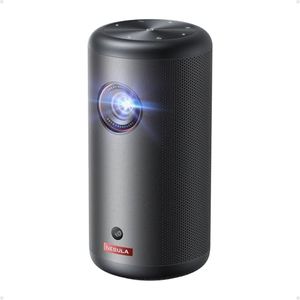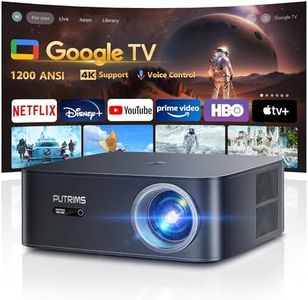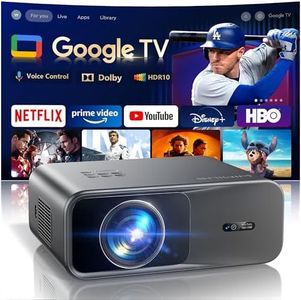We Use CookiesWe use cookies to enhance the security, performance,
functionality and for analytical and promotional activities. By continuing to browse this site you
are agreeing to our privacy policy
10 Best Outdoor Projectors
From leading brands and best sellers available on the web.Buying Guide for the Best Outdoor Projectors
Choosing an outdoor projector is all about finding the right combination of brightness, image quality, durability, and ease of setup to ensure fun and reliable movie nights, parties, or presentations outside. First, consider where and how you plan to use the projector, such as in a backyard, at campsites, or for events. The outdoor setting brings unique challenges like ambient light, access to power, weather conditions, and portability. Knowing your needs will help you focus on the specs that matter most for your viewing experience.Brightness (Lumens)Brightness, measured in lumens, determines how well the projector image stands out against natural light or surrounding light sources. Outdoor conditions usually involve some ambient light from streetlights or the moon, so higher brightness is important. Basic projectors may have 1000-2000 lumens, which suits only very dark settings, like late night in a countryside. Mid-range choices with 2000-3000 lumens can handle some ambient light and work well at dusk or under tree shade. For the clearest images before it gets fully dark or in spaces with lots of extra light, look for projectors above 3000 lumens. Think about when you’ll use the projector—if you want flexibility to start before nightfall, prioritize a higher brightness.
ResolutionResolution tells you the clarity and detail of the projected image. The common levels are 720p (HD), 1080p (Full HD), and 4K (Ultra HD). 720p is enough for casual viewing or cartoons, but 1080p looks much sharper and is ideal for movies and sports. 4K has even higher clarity, but you’ll only notice the difference on larger screens or when sitting closer to the image. For most outdoor uses, 1080p is a comfortable sweet spot to enjoy crisp visuals without going overboard.
PortabilityPortability covers the size, weight, and ease of moving the projector. Some projectors are built into small, easily carried units, while others are bulkier. If you plan to move your projector often, set it up in different places, or take it camping, a lighter and more compact model is more convenient. On the other hand, if the projector will live in one spot, portability is less of a concern.
Weather ResistanceSince it will live outdoors, weather resistance matters for long-term use or in case of sudden rain or humidity. Some projectors are designed to withstand light splashes or dust, often described by an IP rating. If you think you’ll use the projector where there is high humidity, risk of drizzle, or dust (like a garden or campground), look for higher weather resistance. If you know you’ll always bring the projector inside and only use it in fair weather, this is less critical.
Connectivity OptionsThis describes what devices or media you can connect to the projector—like HDMI, USB, Wi-Fi, or Bluetooth for streaming or using speakers. If you plan to stream wirelessly from a phone, look for built-in Wi-Fi or wireless screen mirroring. For gaming consoles or laptops, make sure there are HDMI or USB-C ports. For flexibility, pick a model with several input types, so you can connect different devices based on your outdoor needs.
Built-in SpeakersSome projectors come with built-in speakers, while others require external ones. Built-in speakers are convenient for simple setups, but they’re often not very powerful or clear. If you want punchy, loud audio for a larger group or in an open space, you might need to connect external speakers using an audio output. Consider built-in speakers if you value easy setup and don’t need booming sound, but plan for external speakers if sound quality and volume are important.
Keystone Correction and ZoomKeystone correction and zoom help you adjust the image shape and size, so you get a perfectly rectangular image even when the projector isn’t exactly at screen height or distance. Manual correction works with simple dials or buttons, while auto correction does it automatically. The more flexibility a projector gives here, the easier it is to set up quickly in uneven or makeshift outdoor spaces. If you want to move your projector around or project onto different surfaces, these features will help you get a better result with less fuss.

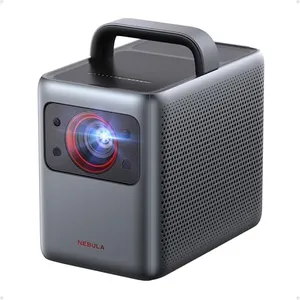
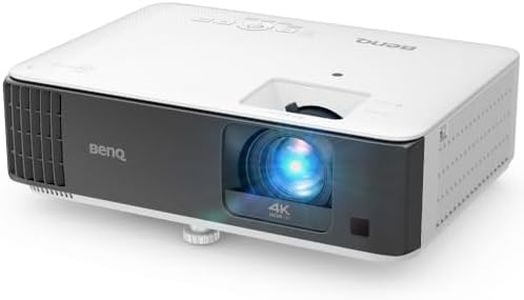
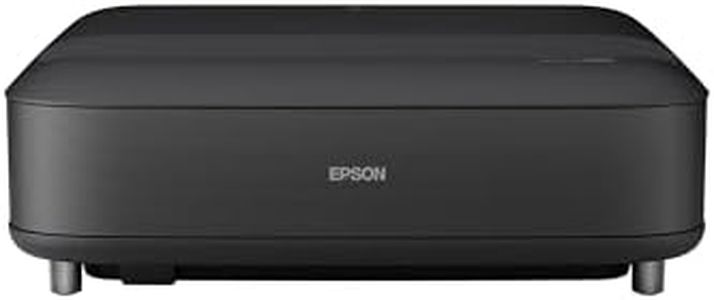

![[Netflix Official & Electric Focus] 2025 Upgraded XuanPad Mini Projector with WiFi and Bluetooth, Full HD 1080P, Auto Keystone, 210° Rotatable Stand, Smart Portable Projector for Phone](https://images-proxy.bestreviews.guide/74zSgKiFJdsBwP61zhRtXQ2j0qM=/0x300/https://m.media-amazon.com/images/I/519ixsOrdmL._AC_CX679_.jpg)
